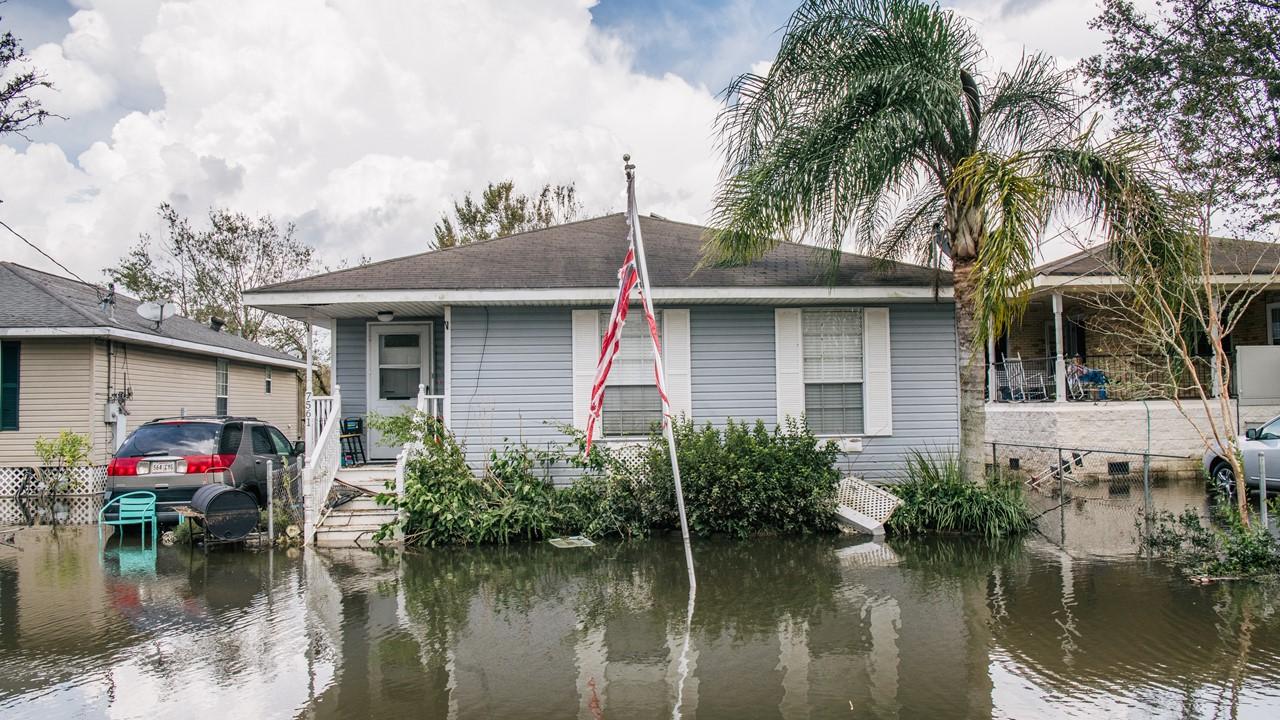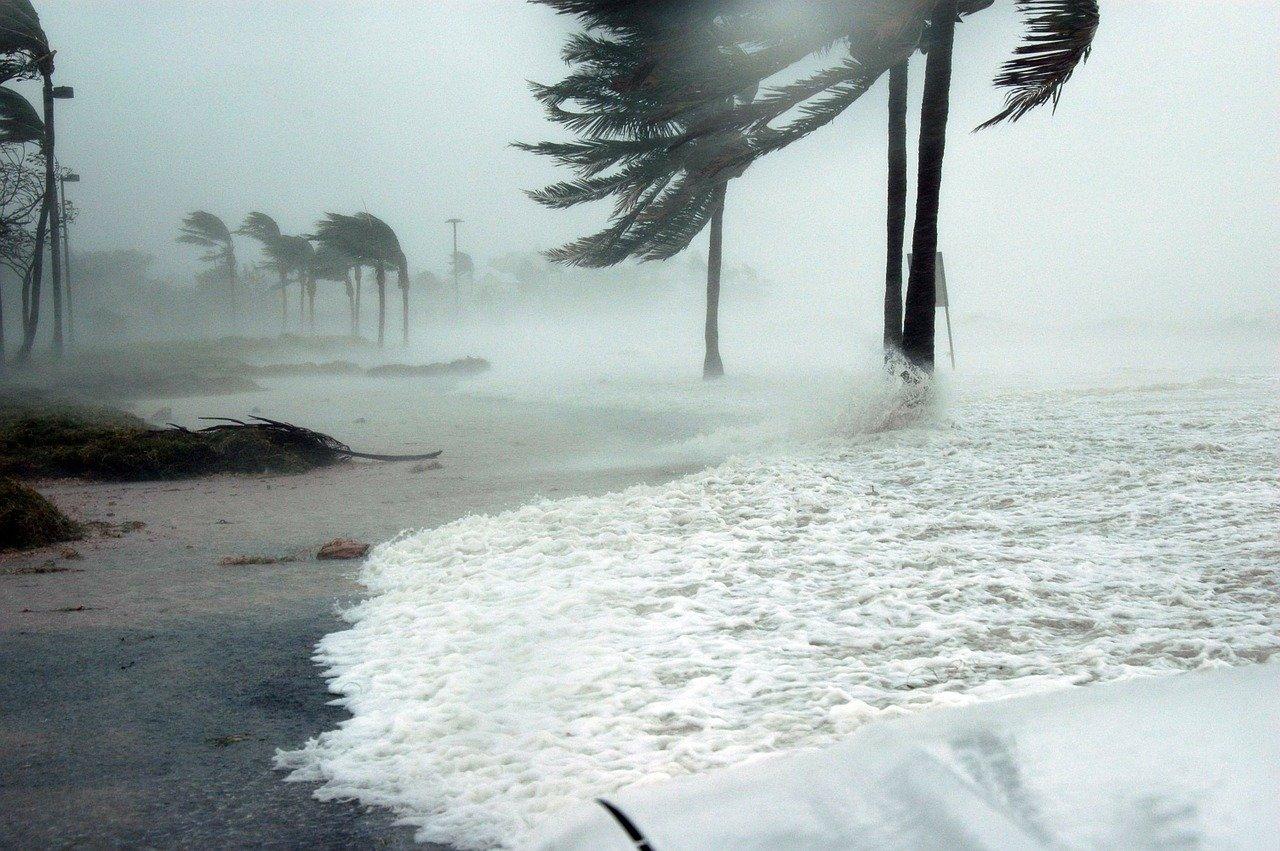
Hurricane Ida has caused damage worth billions in New Orleans. People are looking to FEMA for assistance. When will FEMA deposit the assistance money?
Sept. 2 2021, Published 9:54 a.m. ET

Hurricane Ida, labeled as category 4, made landfall on Aug. 29 in New Orleans. Coincidentally, Hurricane Ida hit landfall on the 16th anniversary of Hurricane Katrina. As Hurricane Ida swept through Louisiana, many refineries and oil production facilities in the Gulf of Mexico were forced to shut down. Impacted residents are looking to FEMA (Federal Emergency Management Agency) for assistance. Many people want to know when FEMA will deposit the disaster assistance money.
Article continues below advertisement Article continues below advertisementFEMA is an agency of the U.S. Department of Homeland Security. It was created under President Jimmy Carter by Presidential Reorganization Plan No. 3 of 1978. It's headquartered in Washington, D.C., and has 10 regional offices located across the country. Its mission is to help people before, during, and after disasters.
Hurricane Ida has left a path of destruction through Louisiana. At least six people have died, while hundreds are waiting for help. Many homes are still without power. According to a private firm’s estimates, the total damage from Ida could exceed $50 billion, while Wells Fargo and Fitch estimate the losses to be around $15 billion–$20 billion. Residents who have been impacted by Hurricane Ida might qualify for FEMA assistance. FEMA urges residents to contact their respective insurance companies first and file a claim for disaster-caused damage.
Article continues below advertisement
You can apply for FEMA assistance through:
You need to take photos of the damage and make a list of the damaged or lost items before you start the application process.
Article continues below advertisement Article continues below advertisementFEMA assistance doesn’t usually cover all damages or help with losses already covered by insurance. However, if your insurance doesn't cover all of the losses, FEMA provides for the basic needs to make a home safe, sanitary, and functional. Recently, FEMA used Twitter to quash rumors saying that it's paying for hotels for people who evacuated due to the storm. FEMA does have a provision for providing assistance for temporary lodging expenses if a resident’s home is unlivable.
The assistance is determined by comparing your recorded essential losses and serious needs to the types of assistance available within FEMA programs and services. You might also be referred to the U.S. Small Business Administration for low-interest disaster loans to further assist with your recovery.
Article continues below advertisementBased on your eligibility, you might be eligible for a variety of aid. To be eligible for FEMA aid, you must be a U.S. citizen, non-citizen national, or a qualified alien. You need identity verification and you have to show that your primary residence is in the impacted area. You also have to show that you're currently displaced due to the disaster.
Article continues below advertisement
For people in severe need, FEMA provides critical needs assistance, which includes a one-time $500 direct payment per eligible household. Some individuals impacted by Hurricane Ida have already received this assistance.
FEMA provides rental assistance to people who need a place to live while their home gets repaired. There's also rental assistance for people while they search for permanent housing. For home repair and replacement assistance, FEMA will only cover basic needs and a home inspection might be required.
According to FEMA, if you are eligible for help, you should receive a U.S. Treasury/State check or notification of a deposit to your bank account within about 10 days of the inspector’s visit. Other types of assistance might be provided later based on specific eligibility and need. If you don't agree with the results of the inspection or with the amount of money received from FEMA, you can appeal the decision.